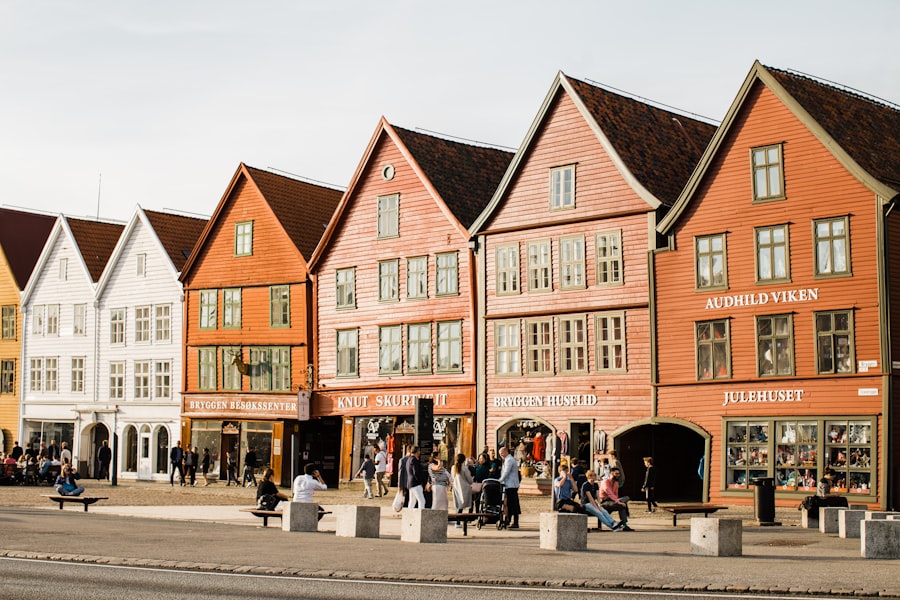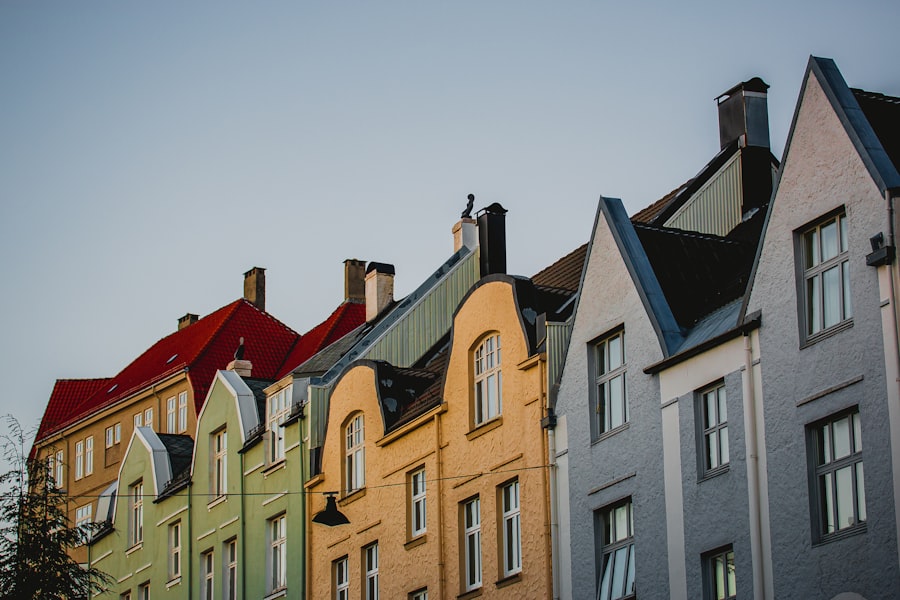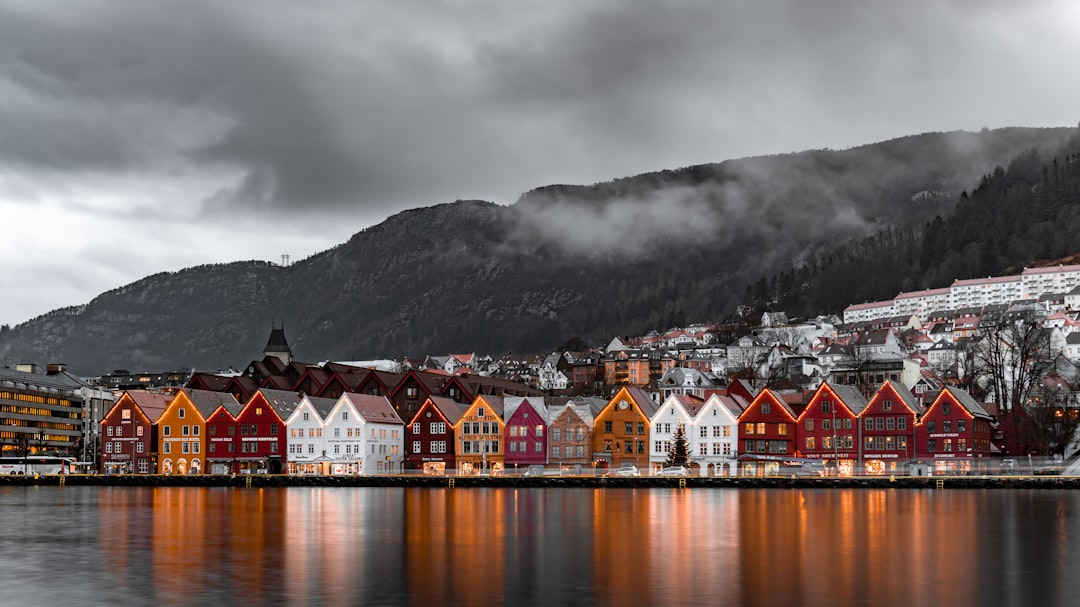In Norway, the celebration of Pentecost and Easter holds a significant place in the cultural and religious landscape. These two events, deeply rooted in Christian tradition, are not merely religious observances but also occasions for family gatherings, community bonding, and the celebration of spring. As the long winter gives way to the vibrant colours of spring, these festivals embody a sense of renewal and hope.
The Norwegian landscape, with its breathtaking fjords and lush greenery, serves as a picturesque backdrop for these celebrations, enhancing their importance in the hearts of the people. Easter, celebrated in the spring, commemorates the resurrection of Jesus Christ and is marked by various customs and traditions that reflect both religious significance and cultural heritage. Similarly, Pentecost, which occurs fifty days after Easter, celebrates the descent of the Holy Spirit upon the apostles.
In Norway, both events are intertwined with local customs that have evolved over centuries, making them unique to the Norwegian experience. Understanding these celebrations requires a look into their historical roots and how they have shaped contemporary Norwegian society. Your journey to a smooth relocation starts here. Talk one-on-one with a Norway Relocation specialist and turn your plan into a reality.
Summary
- Pentecost and Easter are important religious holidays in Norway, celebrated with traditional customs and rituals.
- The historical background of Pentecost and Easter in Norway dates back to the introduction of Christianity and the blending of pagan and Christian traditions.
- Christianity has had a significant influence on Norwegian culture, shaping the way Pentecost and Easter are celebrated and observed.
- There are differences in Pentecost and Easter traditions in Norway, with unique customs and practices varying across different regions of the country.
- The two days of Pentecost and Easter hold great significance in Norwegian culture, symbolizing the renewal of faith and the arrival of spring.
Historical Background of Pentecost and Easter in Norway
The historical roots of Easter in Norway can be traced back to the early Christianisation of the country during the Viking Age. As Christianity spread throughout Scandinavia in the 10th and 11th centuries, many pagan traditions were integrated into Christian practices. This blending of beliefs is evident in the way Easter is celebrated today, with many customs reflecting ancient Norse traditions.
For instance, the use of eggs as symbols of new life can be linked to pre-Christian fertility rites. Pentecost, on the other hand, has a slightly different historical trajectory. It was established as a Christian feast in the early church to commemorate the Holy Spirit’s arrival.
In Norway, Pentecost became associated with various local customs that emphasised community and family. The historical significance of these celebrations is not only religious but also social, as they provided opportunities for communities to come together and reinforce their bonds.
The Influence of Christianity on Norwegian Culture

Christianity has profoundly influenced Norwegian culture, shaping its values, traditions, and social norms. The introduction of Christianity brought about a shift in moral perspectives and community structures. Many of Norway’s cultural practices are intertwined with Christian teachings, which emphasise compassion, charity, and community spirit.
This influence is particularly evident during significant religious holidays like Easter and Pentecost. Moreover, Christianity has also played a role in shaping Norway’s artistic expressions. From traditional hymns sung during church services to folk art that depicts biblical stories, the impact of Christianity is pervasive.
The architecture of churches across Norway, often built in stunning natural settings, reflects a deep reverence for both faith and nature. This intertwining of faith and culture is particularly evident during Easter and Pentecost when communities come together to celebrate their shared beliefs.
Differences in Pentecost and Easter Traditions in Norway
While both Pentecost and Easter are celebrated with great enthusiasm in Norway, their traditions differ significantly. Easter is often characterised by a range of customs that include decorating eggs, engaging in outdoor activities like skiing or hiking, and enjoying festive meals with family. The holiday is marked by a sense of joy and renewal as families come together to celebrate the resurrection of Christ.
In contrast, Pentecost traditions tend to be more subdued but equally meaningful. It is often seen as a time for reflection and spiritual renewal rather than a festive occasion. Many Norwegians attend church services to commemorate the event, and some communities hold special gatherings to discuss its significance.
The emphasis during Pentecost is on the arrival of the Holy Spirit and its implications for personal faith and community life.
The Significance of Two Days of Pentecost and Easter in Norway
In Norway, both Easter and Pentecost are celebrated over two days, which adds to their significance. The two-day observance allows families to engage more deeply with their traditions and spend quality time together. During Easter, many Norwegians take part in various activities such as egg hunts for children or family feasts that feature traditional dishes like lamb or fish.
Pentecost’s two-day celebration also provides an opportunity for reflection on spiritual matters. It allows individuals to contemplate their faith and its role in their lives while fostering a sense of community among believers. This dual observance underscores the importance of both events in Norwegian culture, highlighting their role in reinforcing familial bonds and community ties.
The Role of Tradition and Folklore in Norwegian Celebrations

Tradition and folklore play a crucial role in how Easter and Pentecost are celebrated in Norway. Many customs have been passed down through generations, often blending Christian beliefs with local folklore. For instance, the tradition of decorating eggs during Easter has roots in both Christian symbolism and ancient pagan practices that celebrated fertility and rebirth.
Folklore also enriches these celebrations with stories that add depth to their meaning. Tales of mythical creatures or local legends often accompany holiday festivities, creating a sense of connection to Norway’s rich cultural heritage. This intertwining of tradition and folklore not only enhances the celebrations but also serves as a reminder of Norway’s unique identity shaped by its history.
How Pentecost and Easter are Celebrated in Modern Norway
In modern Norway, both Pentecost and Easter have evolved while still retaining their core significance. During Easter, many families partake in traditional activities such as skiing trips or cabin retreats where they can enjoy nature together. The holiday is also marked by various cultural events, including concerts and art exhibitions that celebrate spring’s arrival.
Pentecost celebrations have also adapted to contemporary life. While church attendance remains an essential aspect for many Norwegians, there are also community events that focus on social engagement and spiritual growth. Workshops or discussions about faith are common during this time, allowing individuals to explore their beliefs in a supportive environment.
The Relationship Between Pentecost and Easter in Norwegian Culture
The relationship between Pentecost and Easter is one of continuity and connection within Norwegian culture. Both events are integral to the Christian calendar and share themes of renewal and spiritual awakening. While Easter focuses on the resurrection of Christ, Pentecost highlights the empowerment of believers through the Holy Spirit.
This relationship is reflected in how families celebrate these occasions together. Many Norwegians view Easter as a time for joyous celebration followed by a period of reflection during Pentecost. This progression from celebration to contemplation mirrors the journey of faith that many individuals experience throughout their lives.
The Impact of Two Days of Pentecost and Easter on Norwegian Society
The two-day observance of both Pentecost and Easter has a profound impact on Norwegian society. These holidays provide opportunities for families to reconnect amidst busy lives while fostering a sense of community among neighbours and friends. The shared experiences during these celebrations help strengthen social ties that are vital for community cohesion.
Moreover, these holidays contribute to Norway’s cultural identity by preserving traditions that reflect its history and values. As Norwegians engage in these celebrations year after year, they pass down customs to future generations, ensuring that their cultural heritage remains alive.
Comparisons with Pentecost and Easter Celebrations in Other Countries
When compared to other countries’ celebrations of Pentecost and Easter, Norway’s customs stand out due to their unique blend of Christian beliefs with local traditions. In many countries, Easter is primarily focused on religious observance with less emphasis on cultural activities; however, Norwegians often incorporate outdoor activities into their celebrations. Similarly, while Pentecost is observed worldwide as a significant Christian event, its celebration in Norway tends to be more introspective compared to other cultures where it may be marked by large gatherings or festivals.
This difference highlights how cultural context shapes religious observance.
The Continued Relevance of Pentecost and Easter in Norwegian Culture
In conclusion, Pentecost and Easter remain highly relevant within Norwegian culture today. These celebrations not only commemorate significant religious events but also serve as vital opportunities for family bonding and community engagement. As Norwegians continue to embrace these traditions amidst modern life changes, they reinforce their cultural identity while honouring their historical roots.
The enduring significance of these holidays reflects a deep-seated appreciation for both faith and tradition within Norwegian society. As families gather to celebrate together each year, they create lasting memories that connect them to their heritage while fostering a sense of belonging within their communities. For those considering relocating to Norway or immersing themselves further into this rich culture, the Norway Relocation Group can provide invaluable assistance throughout your transition process.
Additionally, if you wish to deepen your understanding of Norwegian language and culture further, consider enrolling in courses at the NLS Norwegian Language School in Oslo—an excellent way to enhance your experience while embracing all that Norway has to offer during these significant celebrations.
Register for a Norwegian class at the NLS Norwegian Language School now!

